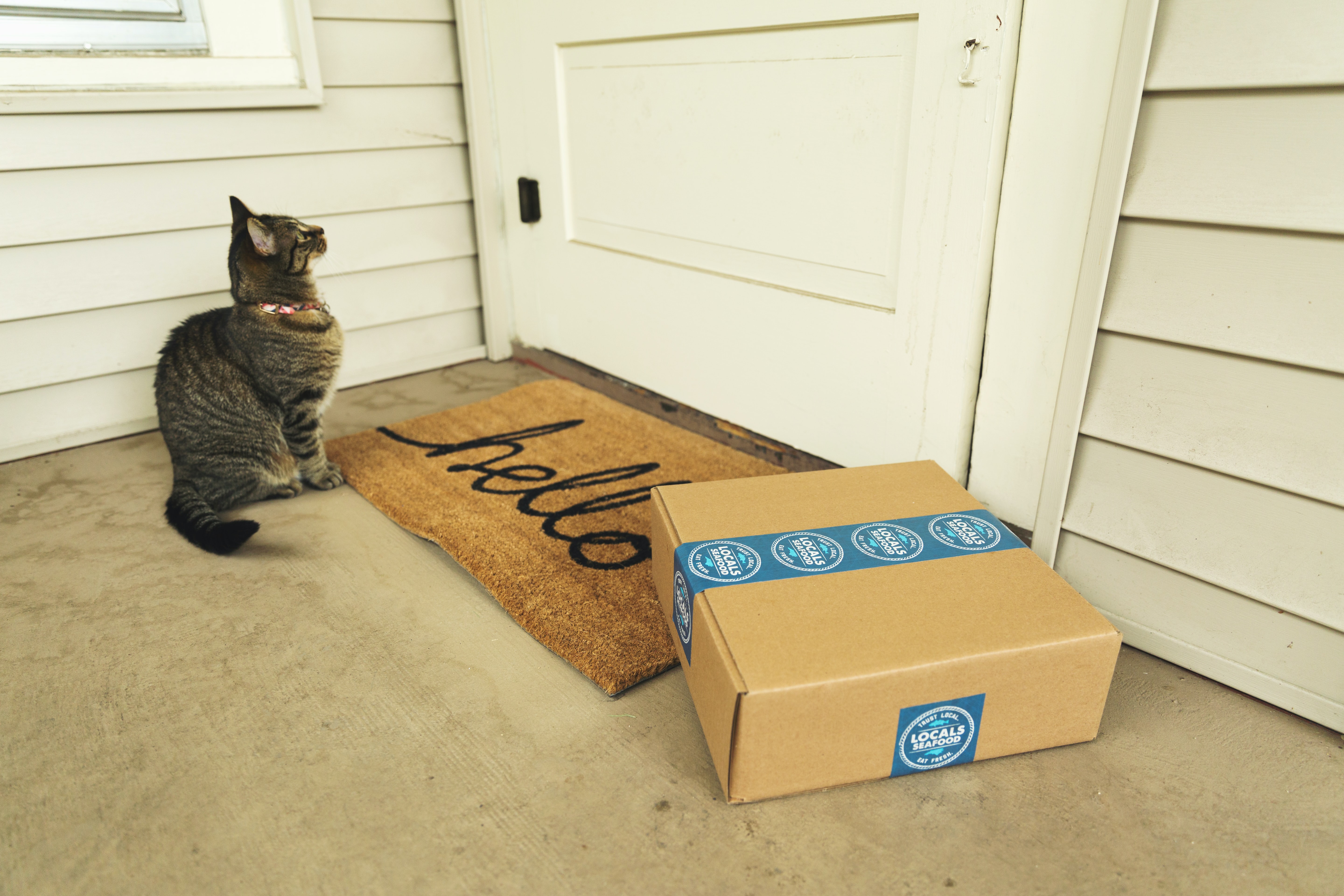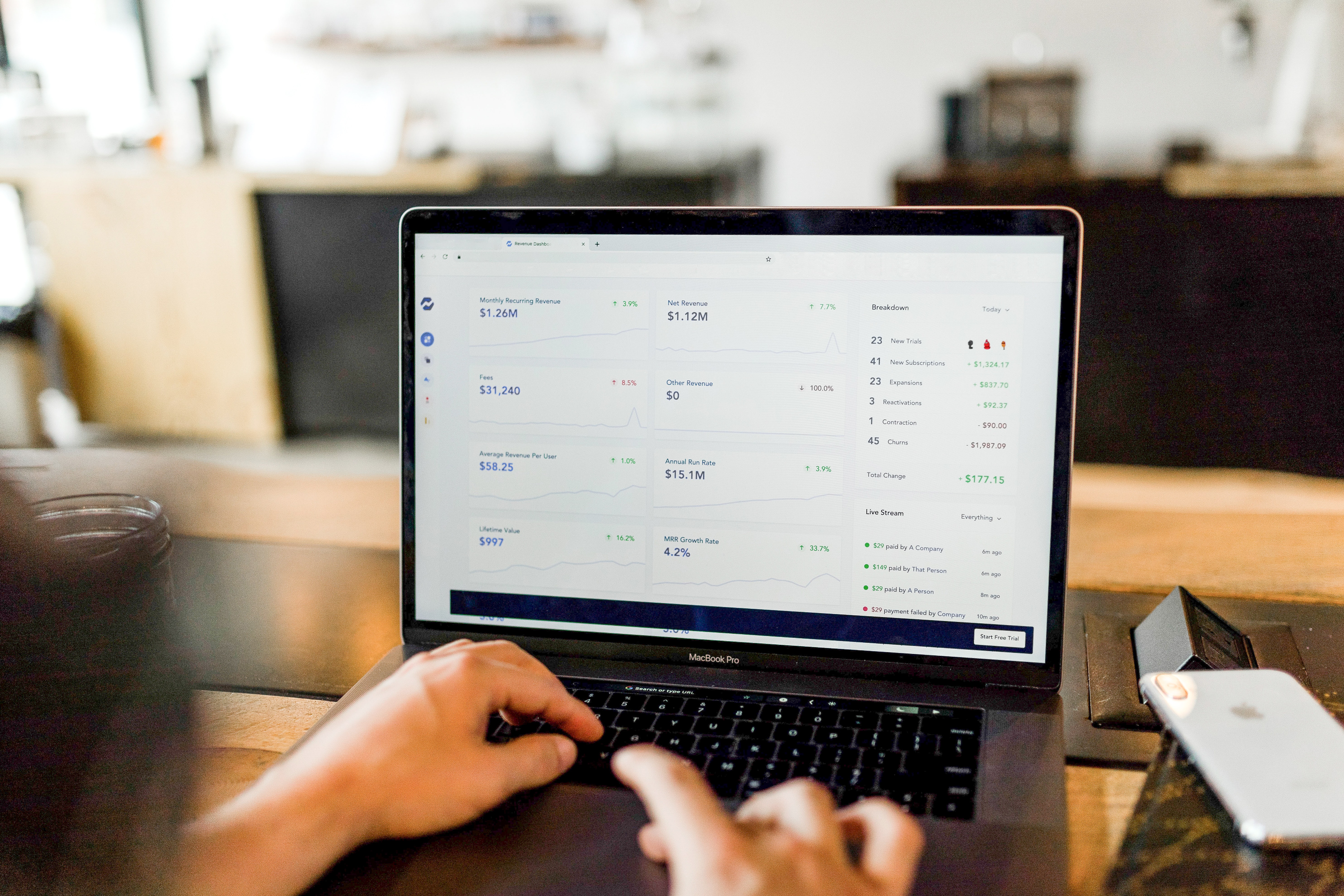One of the biggest hurdles that you will come across when starting to offer subscriptions is choosing your pricing strategy. It’s important to implement a pricing model that not only gives you a competitive edge, but also suits the product or service that you’re offering. The most successful strategies tend to be those that are driven by data, and put the customer first- but how do you know where to start?

Why is Subscription Pricing Different?
Choosing a pricing strategy is very different for subscription models compared to traditional products. The price of your subscriptions can’t just be enough to appeal to customers once- it needs to be set at a price that customers would agree to keep on paying every chosen billing period. With subscriptions, pricing is also often based on the length of the subscription, creating a discount pricing structure with the longer subscriptions being the cheapest per-month option.
It’s important not only to consider how other subscription businesses price their packages, but also what will work for your particular business offering. For example, if you are offering high quality/valuable products in a subscription, it might not be the best decision to bill for these on a 6 month period as customers can feel overwhelmed by the high price. However, if you set up these high-value subscriptions to be billed on a monthly basis, the price might feel a lot more affordable to customers.

Common Subscription Pricing Strategies:
Flat-Rate Pricing
A flat-rate pricing strategy tends to be an excellent starting point. A fixed and predictable price of subscription is easy to understand for the customers and makes it simple for you to forecast your revenue. Admittedly, the lack of tiers does limit the flexibility of this subscription model, yet many customers enjoy a what-you-see-is-what-you-get pricing model, which makes it a go-to pricing strategy for many companies.
A great example of flat-rate pricing is a music-streaming service that prices its subscription at $7.99 per month. This subscription would have no limit on the number of songs streamed, minutes of streaming or number of artists listened to. The subscription style is a great reassurance for customers that they won’t unexpectedly overspend or have to commit to some form of upgrade in order to meet their needs, as everything involved in the service comes with the set price.

Tiered Pricing
For increased flexibility, tiered pricing is a great choice. Companies that offer subscription packages generally have a range of features, and with tiered pricing, they can offer these features in different value combinations in order for their customers to decide what range of features meets their needs the most efficiently. Generally, businesses that follow a tiered pricing strategy have a small range of tiers so that it doesn’t lead to a level of confusion for the customers.
An example of tiered pricing in action could be a wine delivery subscription. With this pricing strategy, the business may decide that the first two bottles cost $30 each, then the next two cost $25 each, then any further bottles cost $20 each. By reducing the per-unit cost as the number of units increases, it incentivises the customer to consider buying more than they initially planned to.

Usage-Based
Usage-based pricing is generally a less common strategy for physical goods. However, this is a suitable option for charges such as a gym-membership pass, as customers can be billed based on their usage of the gym (number of times that they use the gym facilities). Although usage-based pricing leads to a level of unpredictability in terms of business revenue, it does allow for additional charges inflicted by heavy users, so that the business has the potential to earn more.
For example, a gym subscription could include a set-up charge for the membership, then a usage charge of $2.99 per gym session. Every time that a gym member checks in to use the gym's facilities, they will be billed $2.99. All of these usage-based charges can be accumulated within a set time period to be paid in a lump sum (such as monthly).

Volume-Pricing
A volume pricing strategy is based on the inclusion of discounts as the product quantity increases. Essentially, if a customer buys 5 units of a product rather than 1 unit, then they will pay a cheaper price per unit. This pricing strategy also often operates with the applied discount being larger as the size of the quantity ordered increases (as a way to incentivize higher sales numbers).
For a volume pricing example, consider a mobile business that sells megabytes of data as part of their mobile contracts. The first 1000MB cost $0.20 each, but if they go over, all their MBs now cost $0.18 each, including the first 1000. As the customer continues to use more data, all of their previously used data becomes a fraction cheaper.

How Billforward Supports your Pricing Strategy
Billforward caters to a range of pricing strategies, including volume, tiered, flat-rate and usage-based. The ability to price your products as best suits your business is vital, and so Billforward puts your needs first, allowing you to implement the pricing model that will maximize your business’s success. As each business and their offerings are unique, a one-size-fits-all approach to pricing simply just doesn't exist.
Why not book a discovery call with one of our billing experts and see how we can help you meet your subscription goals!
